
Mecha Profile: MiG-23 Cheburashka – Muv-Luv Alternative
Even with the F-4R and Mig-21 Balalaika, the Soviet Army was still being pushed back by the BETA. As the previous TSF were heavily based on U.S design philosophy, it didn’t really comply to Soviet’s idea. Hence the Soviet Design Bureau – Mikoyam Guluvich – started developing an actual purely domestic TSF – the MiG-23 Cheburashka – which also sparked the independent TSF development process in the Soviet Union.

I. Development History:
– In 1980, Mikoyam Guluvich introduced the MiG-23 into the Soviet Union army – as the first attempt to create a purely domestic TSF. As the F-4R and MiG-21 are essentially products of the U.S (Mig-21 are full conversion of the F-4R), the Soviet Union wanted to create a better unit for the BETA war.
– During the selection process, Sufoni’s Su-15 – successor to the Su-11 – was defeated during the mass production trial stages by Mikoyam Guluvich’s MiG-23. The Cheburashka entered service in 1980 and was eventually succeeded by the MiG-27 Aligatori and MiG-25 Spirt-Voz. During its initial deployment stages, it boasted an ambitious claim of higher performance of close-combat capabilities compared to the MiG-21, unfortunately, its difficulty to remain combat readiness backfired and turned it into a nuisance, unnecessarily occupying hangar slots.
– As the Soviet Union didn’t have enough personnel or facilities to accommodate the craft’s complex maintenance requirements, ultimately, it was recalled so Mikoyam could streamline the maintenance routine to be more suitable on the frontline as well as perform makeshift refurbishments. From that point on, the MiG-23 was mainly used as export crafts to spread Soviet influence to other nations.
– Even though the Cheburashka was entirely manufactured in the Soviet, it used many of US technology. This bring the unit up to quasi-2nd generation specifications. Even with the lower maintainability and operational uptime of the unit compared to the MiG-21, the MiG-23 saw many deployments to Europe, African and Asian battlefields. Notable squadrons using the TSF is the Wehrwolf Battalion of East Germany’s Stasi organization.
– From 1999, the MiG-23 was slowly retired and replaced by Su-27 Zhuravlik and Su-37 Terminator. However, Mikoyam still continued developing upgrade kits for foreign export purpose. Furthermore, western arms manufacturers have proposed modernization plans to African countries that operate the MiG-23.
– In 1980, Mikoyam Guluvich introduced the MiG-23 into the Soviet Union army – as the first attempt to create a purely domestic TSF. As the F-4R and MiG-21 are essentially products of the U.S (Mig-21 are full conversion of the F-4R), the Soviet Union wanted to create a better unit for the BETA war.
– During the selection process, Sufoni’s Su-15 – successor to the Su-11 – was defeated during the mass production trial stages by Mikoyam Guluvich’s MiG-23. The Cheburashka entered service in 1980 and was eventually succeeded by the MiG-27 Aligatori and MiG-25 Spirt-Voz. During its initial deployment stages, it boasted an ambitious claim of higher performance of close-combat capabilities compared to the MiG-21, unfortunately, its difficulty to remain combat readiness backfired and turned it into a nuisance, unnecessarily occupying hangar slots.
– As the Soviet Union didn’t have enough personnel or facilities to accommodate the craft’s complex maintenance requirements, ultimately, it was recalled so Mikoyam could streamline the maintenance routine to be more suitable on the frontline as well as perform makeshift refurbishments. From that point on, the MiG-23 was mainly used as export crafts to spread Soviet influence to other nations.
– Even though the Cheburashka was entirely manufactured in the Soviet, it used many of US technology. This bring the unit up to quasi-2nd generation specifications. Even with the lower maintainability and operational uptime of the unit compared to the MiG-21, the MiG-23 saw many deployments to Europe, African and Asian battlefields. Notable squadrons using the TSF is the Wehrwolf Battalion of East Germany’s Stasi organization.
– From 1999, the MiG-23 was slowly retired and replaced by Su-27 Zhuravlik and Su-37 Terminator. However, Mikoyam still continued developing upgrade kits for foreign export purpose. Furthermore, western arms manufacturers have proposed modernization plans to African countries that operate the MiG-23.

II. Technical Specs & Armaments:
– The Cheburashka stands at 17.6-meter, utilizing two K-35-300 Jump Units. The control block (cockpit) is a licensed production from Markin Berger (a U.S company that specializes in TSF control pod and training pod). The design of the MiG-23 is slightly similar to the F-5 Freedom Fighter – one of U.S’ most exported TSF during the time to solve the TSF shortage issue.
– Due to being developed from the MiG-21, its basic structure such as airframe and layout are somewhat similar to the F-4 lineage. However, it also introduced several design elements of the F-5, which give the TSF an impression of a one-size larger F-5. Due to incorporating new design elements, the close-quarters dogfighting capabilities of the unit was enhanced significantly. Thanks to reducing the components’ weight and adding a variable-wing mechanism on the Jump Unit’s aileron, the Cheburashka reached quasi-2nd generation capabilities – which suit the requirement for BETA close-combat in the Eurofront.
– The MiG-23 is equipped with the standard WS-16 Autocannon and the DS-3 Multi-purpose Supplemental Armor. It can also equip the Type-77 Battle Halberd. The WS-16 Autocannon uses the standard 36mm shell and 120mm smoothbore attachment. The DS-3 Armor is a staple equipment on the frontline for the Soviet Union. The shield-like equipment feature explosive reactive plates, which can be used to slam the BETA or protect against brief laser strikes. Super Carbon Blades are also present on the sides and tips that allow for physical strike using the armor. However, after the reactive plates are expended, the defensive power will be reduced drastically.
– The Cheburashka also bring over elements of the Balalaika – such as the forearm knife-sheath and wire-cutter on the forehead – which later became standard design choice for Mikoyam Guluvich’s TSF. Even though its combat abilities are much higher than the Balaika, the MiG-23 didn’t stay in service for long due to its low rate of operational readiness that made it unpopular with surface pilots. Which lead to its replacement by the MiG-27. However, one ambitious feature of the unit is the inclusion of the variable-sweep wing config on the Jump Units (which was derived from European manufacturer Palavia Industrial’s design), which allows for high-speed flight but also increases fuel consumption and decrease combat time.
III. Variation:
– MiG-23 Cheburashka: The first purely domestic TSF by the Soviet Union. It boast high mobility and close-combat capabilities but low maintainability and operational uptime, making it unpopular for frontline Surface Pilots.
– MiG-23MLD Cheburashka: A hastily modified upgrade of the original MiG-23. This version was offered to Asian and African countries to maintain political influence.
– MiG-23 Cheburashka Zwei: A MiG-23 installed with a MiG-21PF head. A one-off version used by Theodore Eberbach of the Schwarzesmarken Squadron.
IV. Trivia:
– The real life MiG-23 doesn’t have the name “Cheburashka”. Its official NATO reporting name is Floggers.
– The name “Cheburashka” is a reference to a character with the same name in a Soviet children’s cartoon. The character is a clumsy and slow, which reflect the TSF’s deployment rate in the Soviet Union. The name was used in a sarcastic manner since the soldiers cannot outright criticize a unit given to them by the Party.
– The MiG-23 was utilized to a high-degree by the East German’s army, so much so that the Soviet Union suspected East Germany has modified the unit and reimported it to dismantle and investigate it.
– Even though its homeland reputation is poor, the MiG-23 was popular in foreign nations. especially East Germany.
– MiG-23MLD Cheburashka: A hastily modified upgrade of the original MiG-23. This version was offered to Asian and African countries to maintain political influence.
– MiG-23 Cheburashka Zwei: A MiG-23 installed with a MiG-21PF head. A one-off version used by Theodore Eberbach of the Schwarzesmarken Squadron.
IV. Trivia:
– The real life MiG-23 doesn’t have the name “Cheburashka”. Its official NATO reporting name is Floggers.
– The name “Cheburashka” is a reference to a character with the same name in a Soviet children’s cartoon. The character is a clumsy and slow, which reflect the TSF’s deployment rate in the Soviet Union. The name was used in a sarcastic manner since the soldiers cannot outright criticize a unit given to them by the Party.
– The MiG-23 was utilized to a high-degree by the East German’s army, so much so that the Soviet Union suspected East Germany has modified the unit and reimported it to dismantle and investigate it.
– Even though its homeland reputation is poor, the MiG-23 was popular in foreign nations. especially East Germany.
V. Gallery:








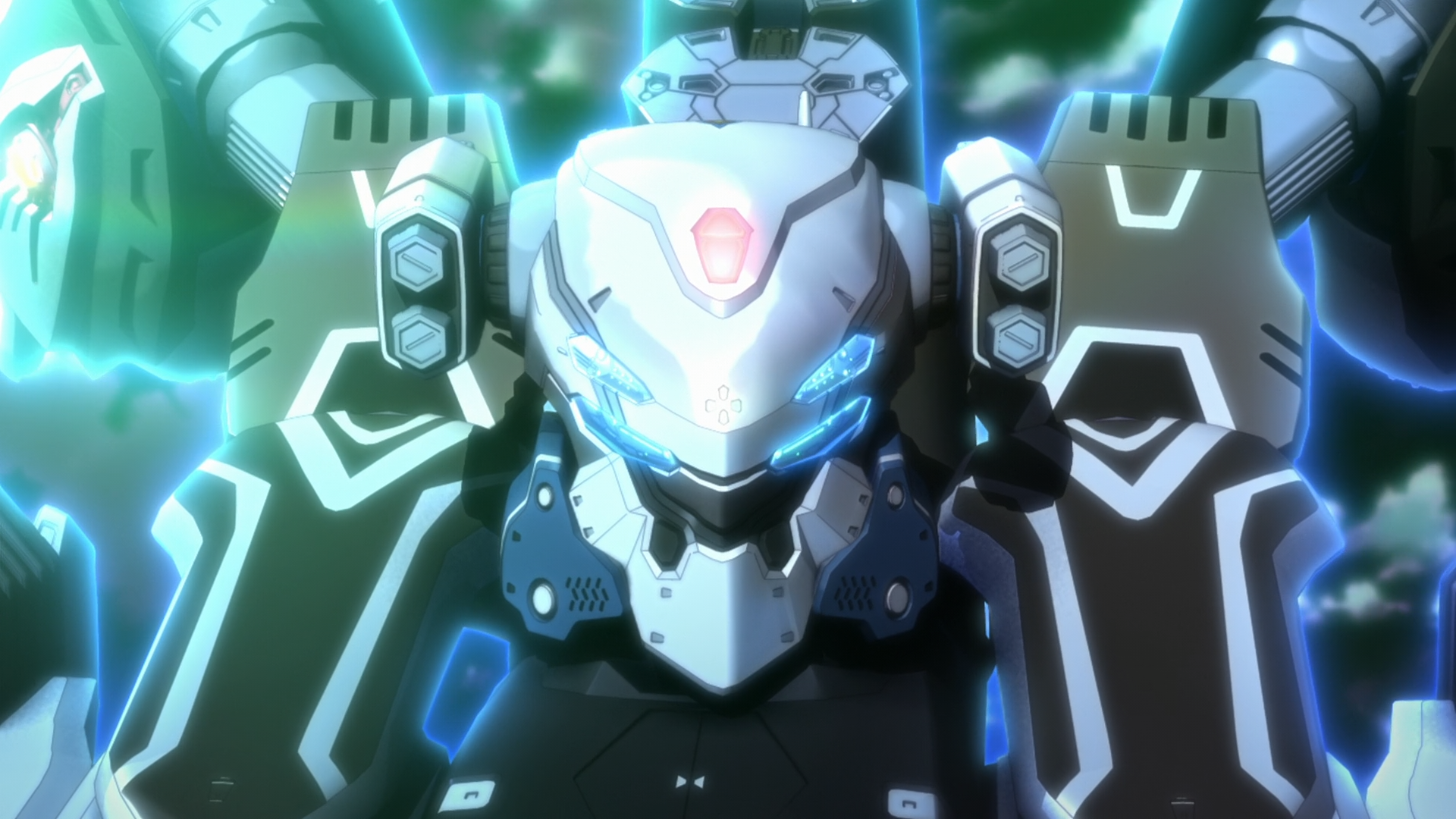
Mecha Profile: Aquarion Gepard – Aquarion EVOL
The 3rd form of the Aquarion EVOL is a walking artillery of destruction – literally. The Aquarion Gepard has enough firepower to even shoot through dimensions.
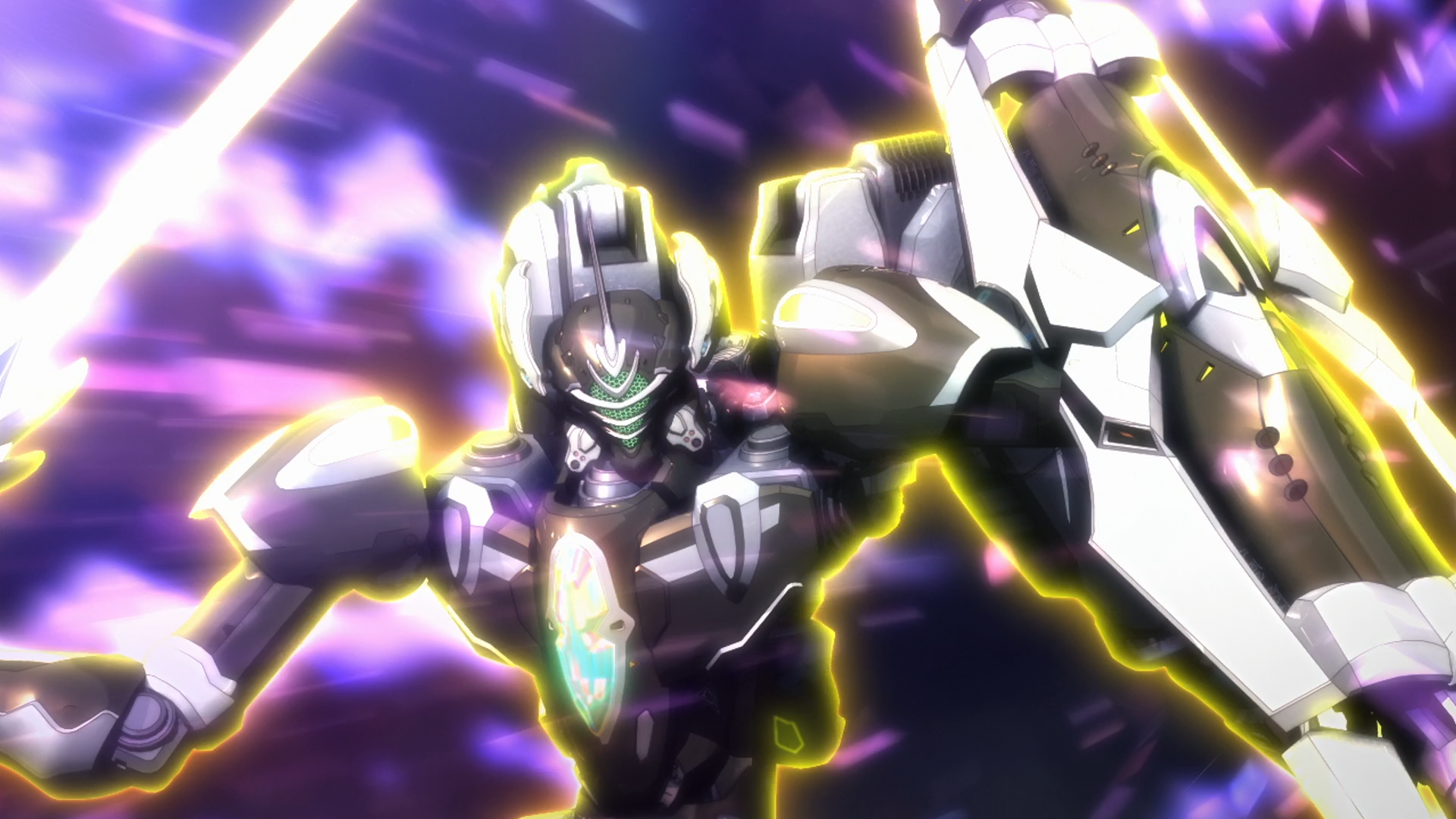
Mecha Profile: Aquarion Spada- Aquarion EVOL
The unbeatable melody of the sword – Aquarion Spada is Evol’s 2nd form. With a strong resemblance to a swordsman, the Spada is a key element in unlocking the myths of 12,000 years.

Mecha Profile: Aquarion EVOL – Aquarion EVOL
After 12.000 years, the Mechanical Angel awakens once again. Fighting for the love that span millennia, the Aquarion EVOL once again unlocks the past that was sealed within.

Mecha Profile: NZ-333 Alpha Azieru – Char’s Counterattack
The big and familiar looking NZ-333 α Azieru rumbles the battlefield for the newly formed Neo Zeon. Ironically, it was piloted by a young and naive Newtype girl.
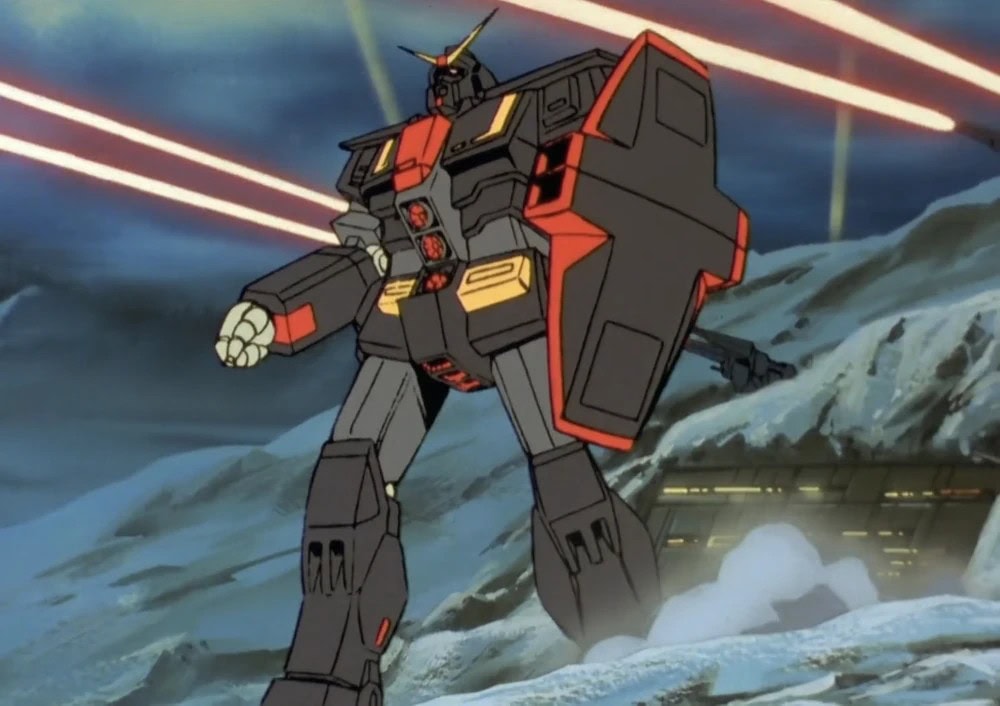
Mecha Profile: MRX-009 Pyscho Gundam
Gundams are already a terrifying sight to see for regular pilots in their mass-produced mobile suits but what if a Gundam gets even larger, stronger and even transformable? The 40-meter Psycho Gundam strikes fear in their eyes.

Mecha Profile: RX-79[G]Ez-8 Gundam Ez8
Some pilots want their Gundam extra thick because they keep getting shot at so instead of dodging, perhaps increasing its armor is a better choice, an armor so thick they were made from the enemies themselves – the Ez8 Gundam.
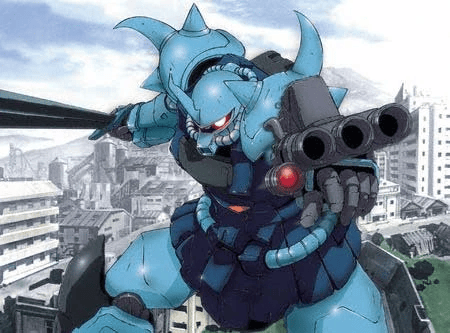
Mecha Profile: MS-07B-3 Gouf Custom
Oh boy it’s definitely not a Zaku! The Gouf Custom is a fine choice for Zeon’s aces that prefer lighter mobile suits for close quarter combat over the mass-produced Zaku II.

Mecha Profile: MA-08 Big Zam
This iconic and recognizable giant chicken-legged mobile suit – or mobile armor to be exact has made its debut to the Universal Century during One Year War – the Big Zam.
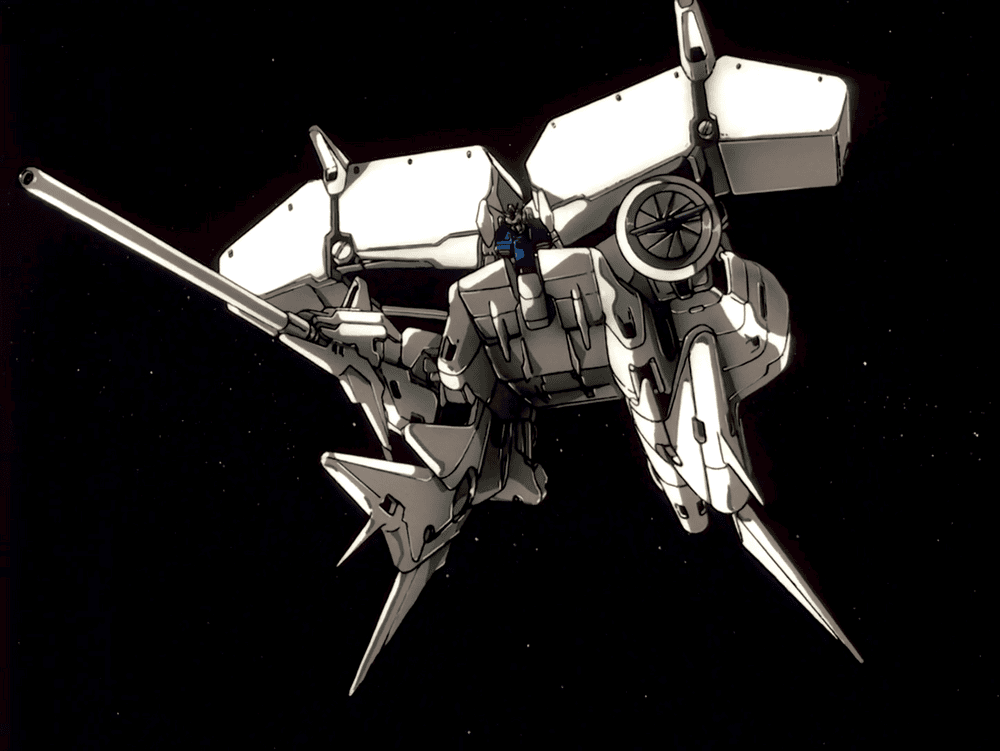
Mecha Profile: RX-78GP03 Gundam Dendrobium
A robot with a gigantic weapon pack on its back is undoubtedly one of the coolest ideas anyone can come up with and the Gundam Dendrobium is here to fulfill everyone’s dream of such. Piloted by the famous carrot hater via ace pilot – Kou Uraki, it soared through war-torn space in the middle of the Delaz Conflict.
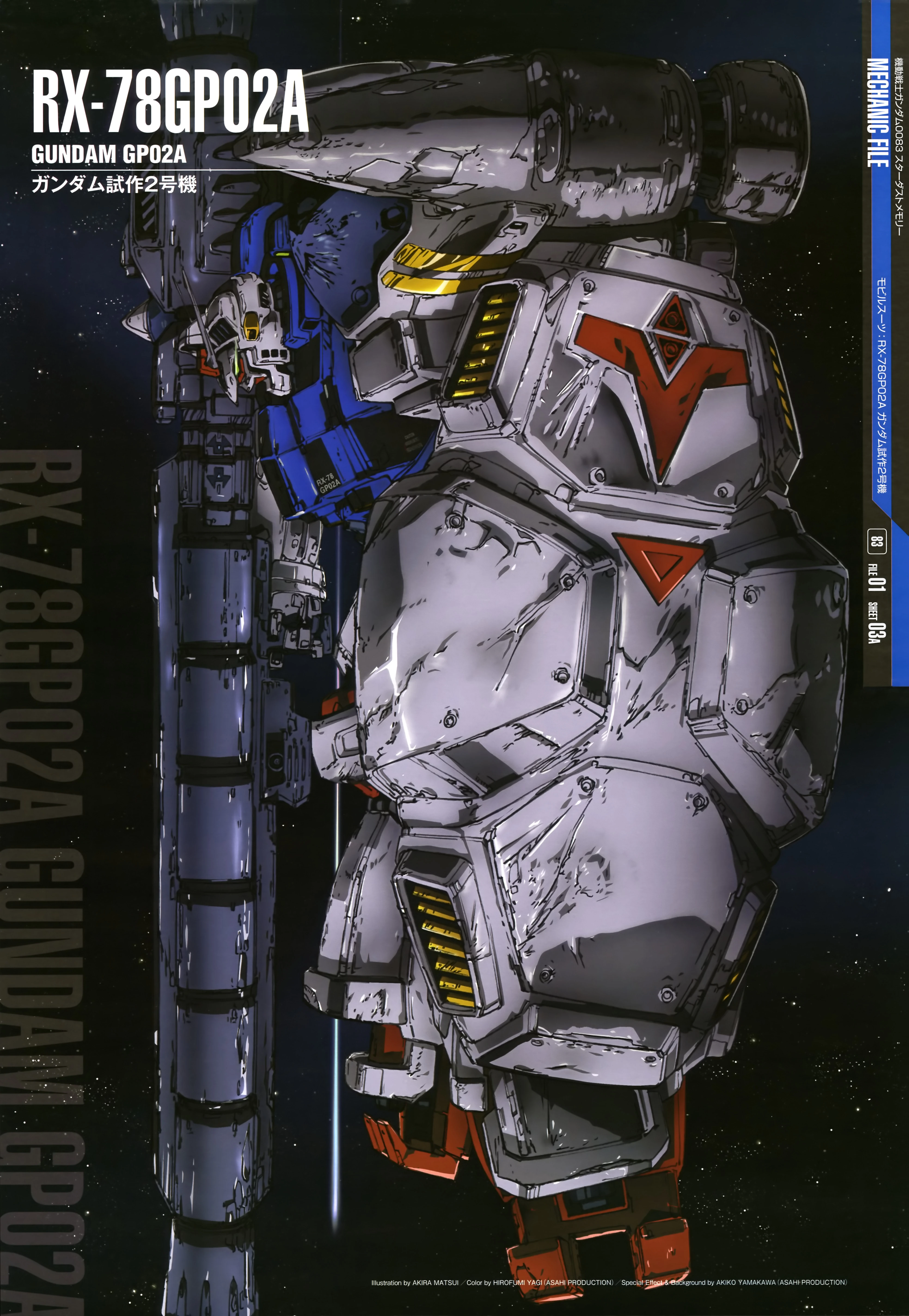
Mecha Profile: RX-78GP02 Physalis – Gundam 0083: Stardust Memory
Bulky yet very maneuverable, Gundam Physalis is one big nuclear threat that looms over U.C.0083.
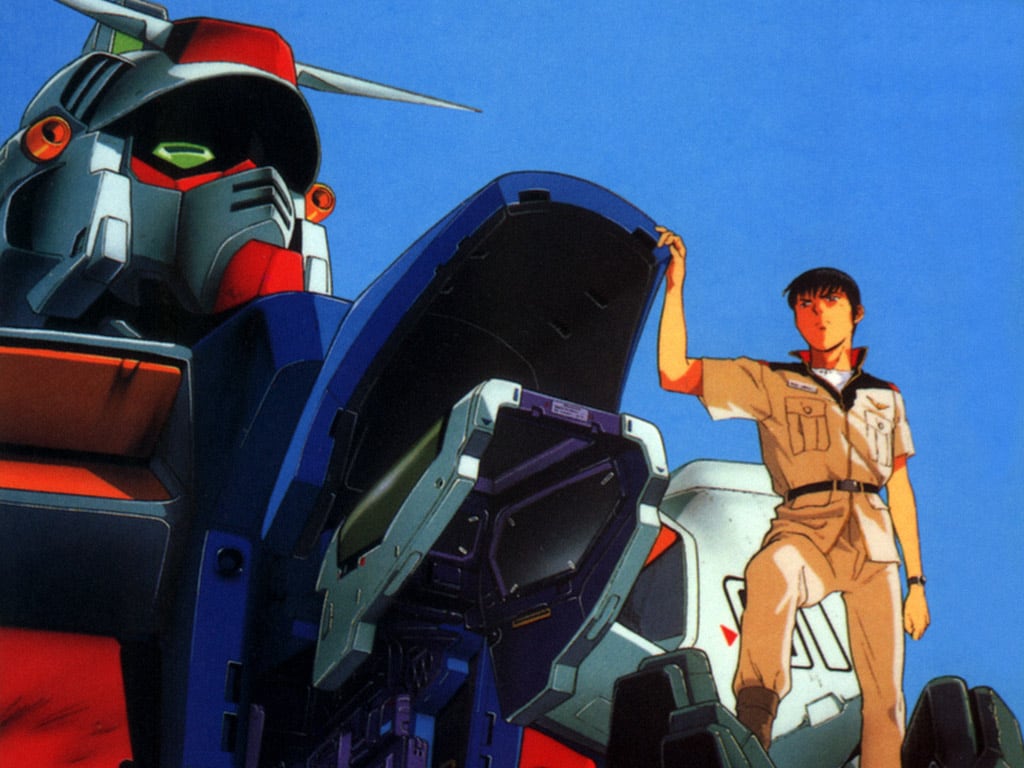
Mecha Profile: RX-78GP01 Zephyranthes – Gundam 0083: Stardust Memory
Flowers that blossom on the battlefield are the strongest kind. The Gp-01 Zephyranthes is a high-mobility Gundam that returned to Gundam’s root with a core fighter.
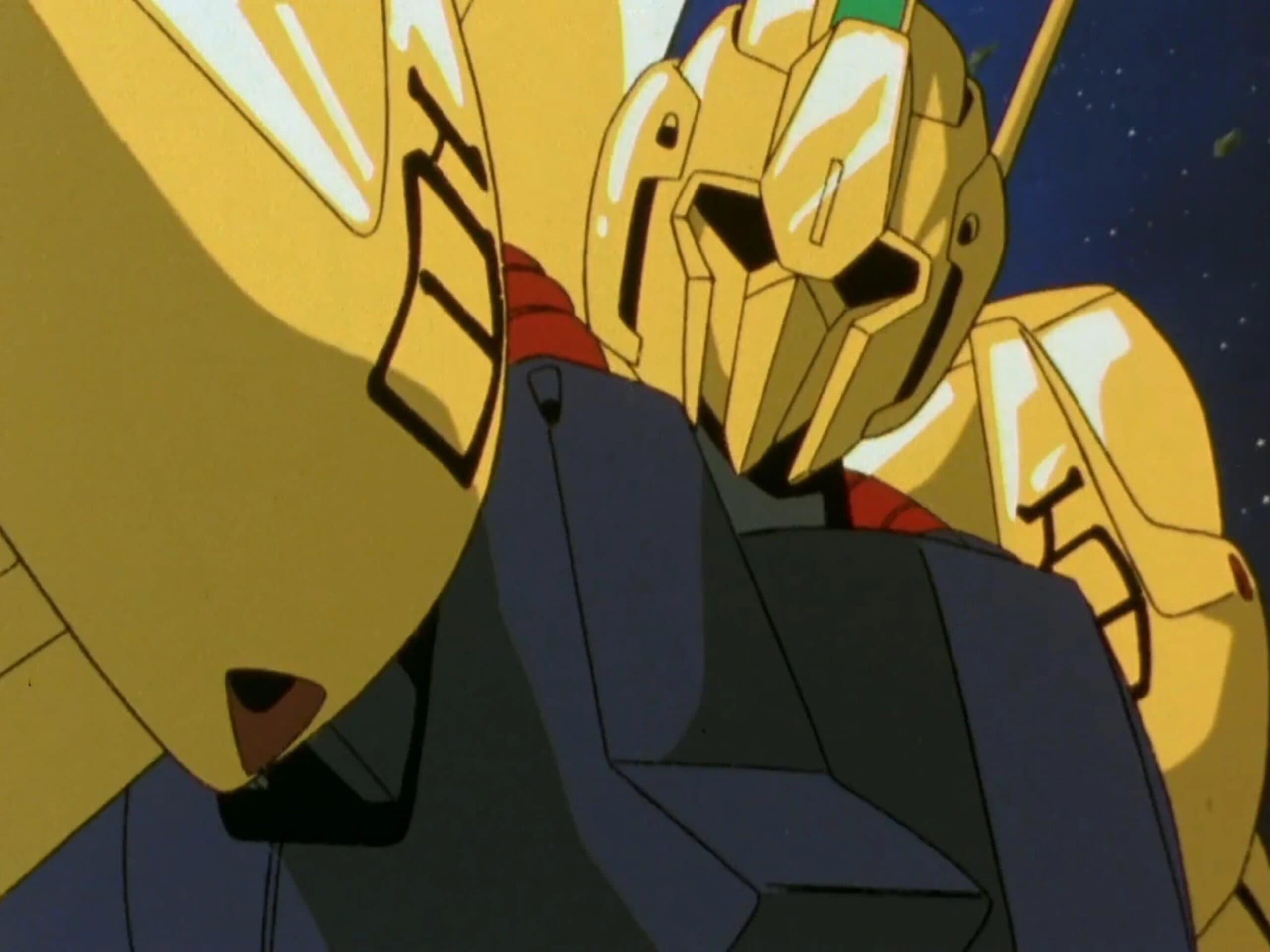
Mecha Profile: Gundam Z – Hyaku Shiki
An ambitious project to build a Mobile Suit that would last a hundred year. Cladded in a golden color is the Hyaku Shiki – aka Type 100 – which was Lt. Quattro’s personal mobile suit.

Mecha Profile: Gundam ZZ – Qubeley
A machine fitting for the queen of Neo Zeon. The Qubeley is a special machine made for a special pilot. Its funnel dominate the battlefield.
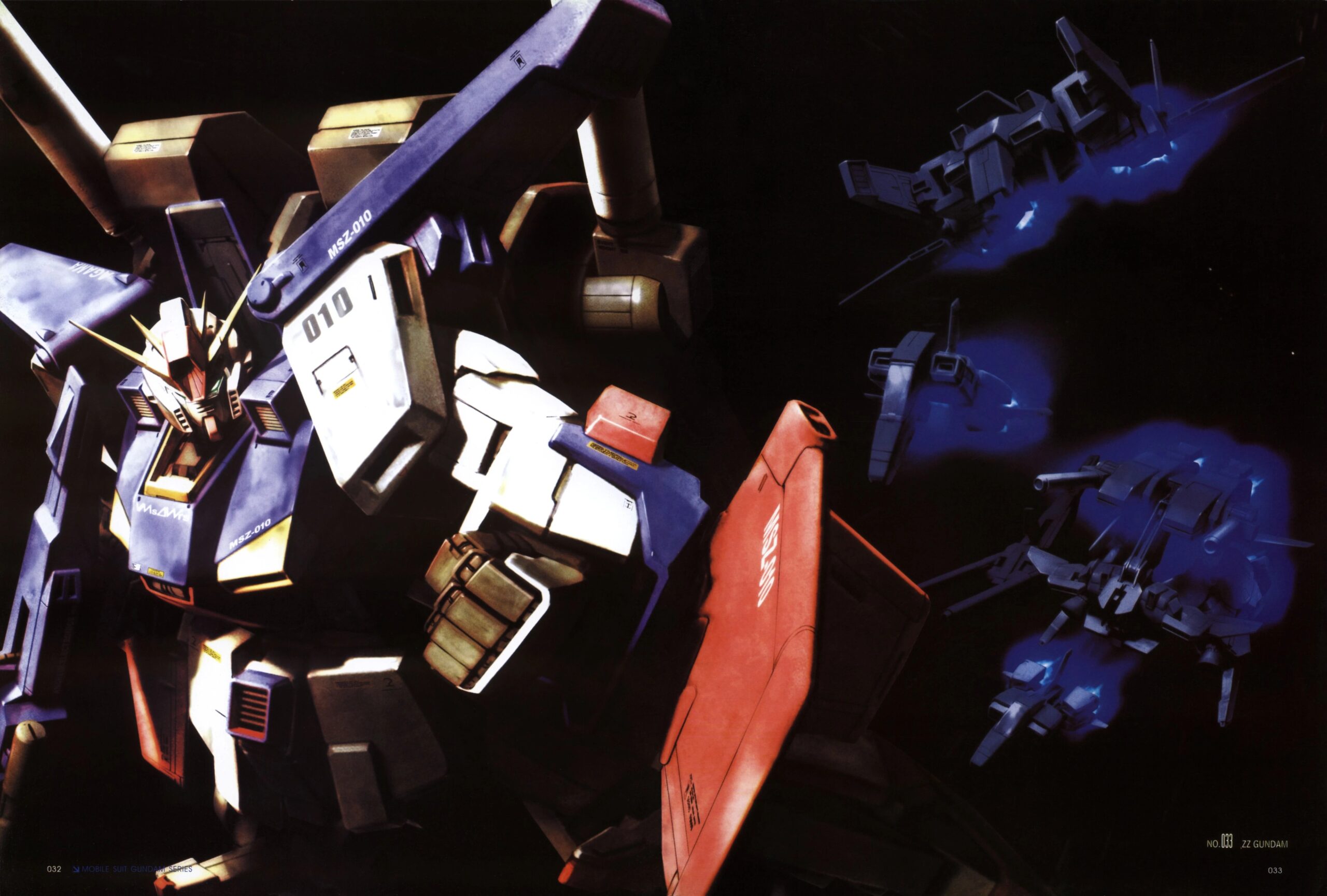
Mecha Profile: Gundam ZZ – ZZ Gundam
Power overwhelming! One of the main Gundam with the highest firepower pre CCA. The ZZ Gundam is an all-in-one combiner that was pivotal in the war against the Neo Zeon.

Mecha Profile: Gundam 0079 – MS-06 Zaku II
The backbone of the Principality of Zeon in the One Year War. The Zaku is not a super prototype, but its reliable performance has brought Zeon many victories – especially when Char Aznable pilot it.




